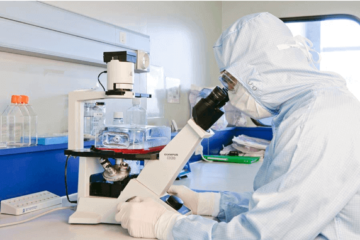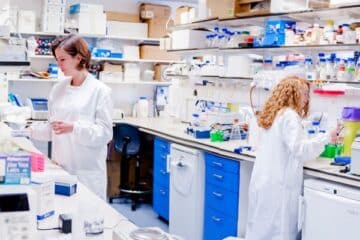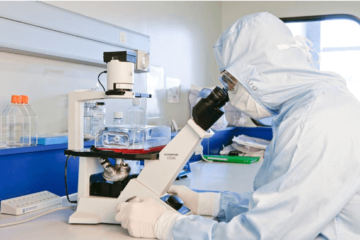Rebuilding the Heart: How Stem Cells Aid Recovery After a Heart Attack
**Extrait:**
Stem cell therapy holds immense promise in rebuilding the heart after a heart attack. By replacing damaged or lost cells with functional ones, stem cells can restore cardiac function, improve blood flow, and reduce the risk of future complications. This groundbreaking treatment offers hope for patients seeking recovery from the devastating effects of a heart attack.













